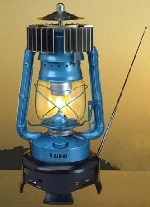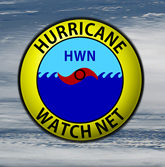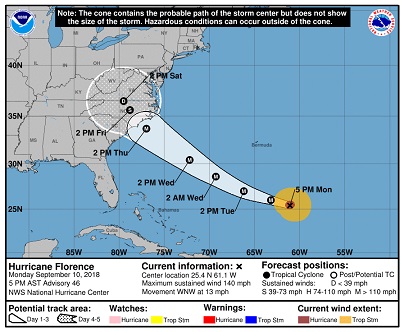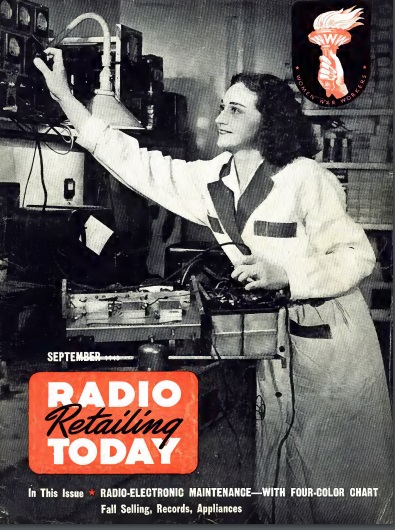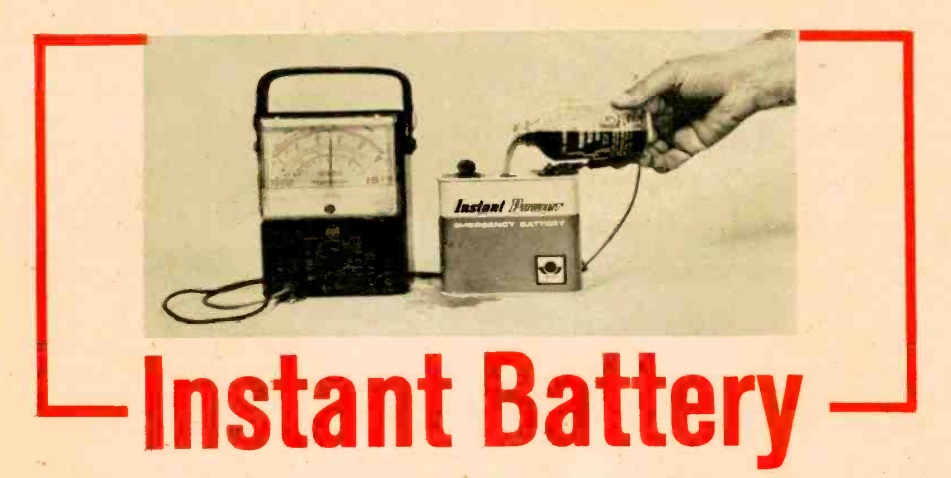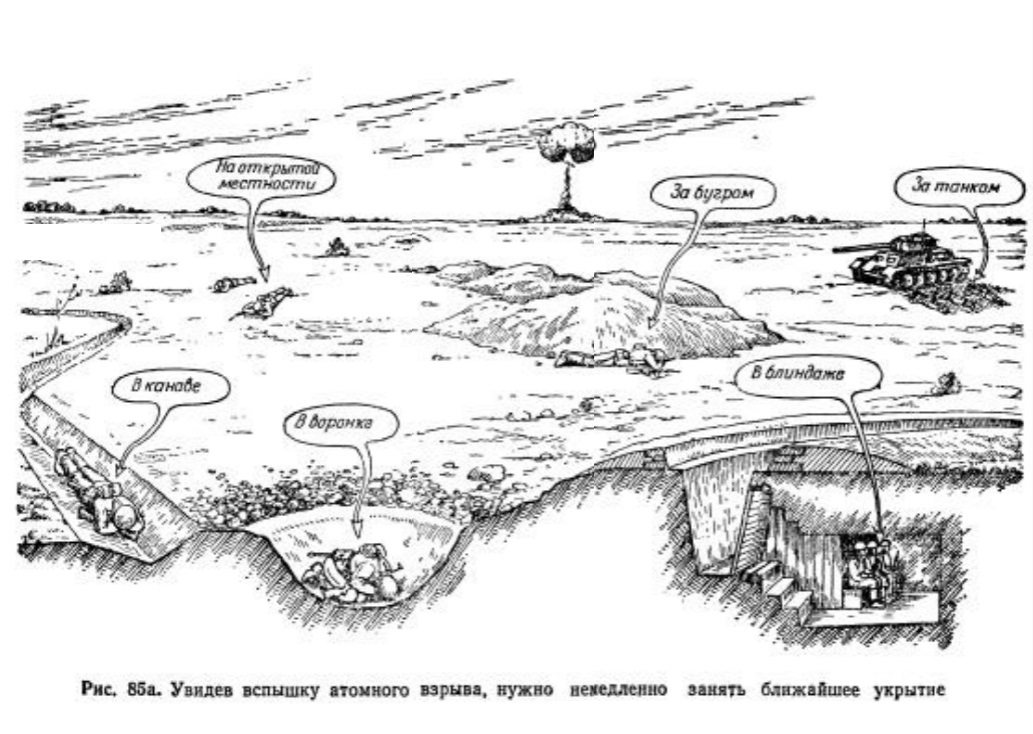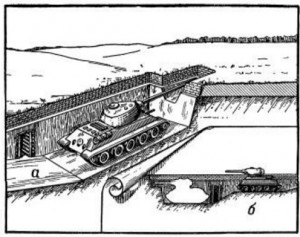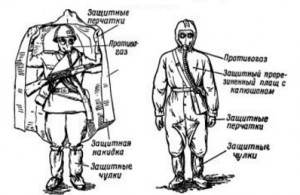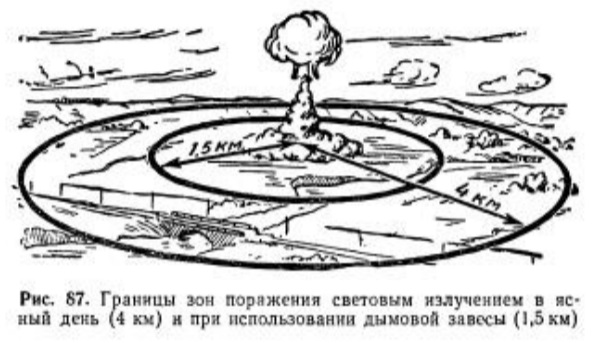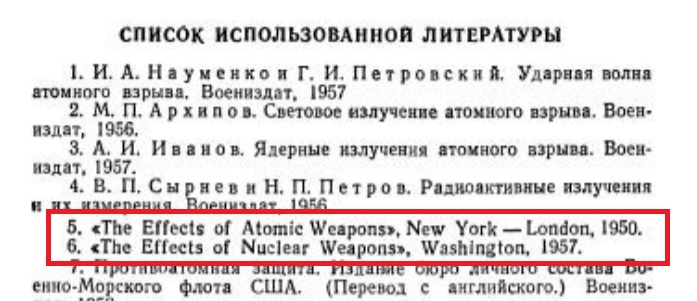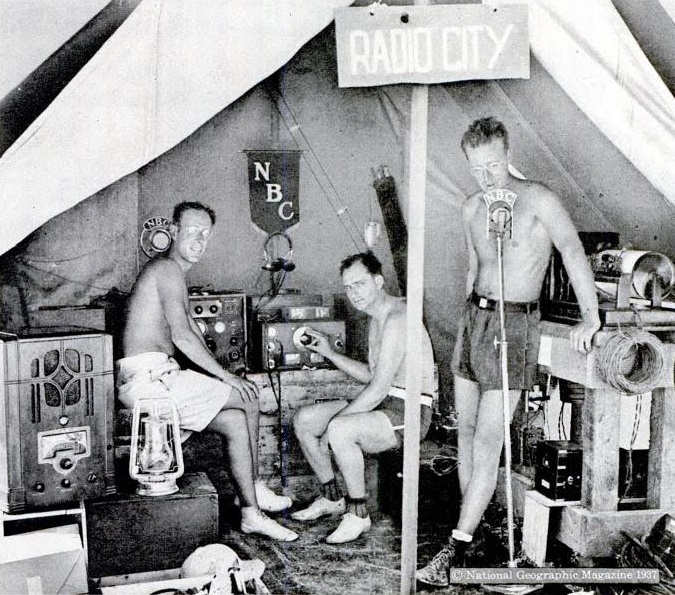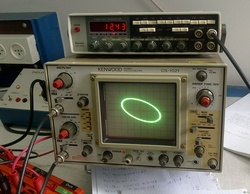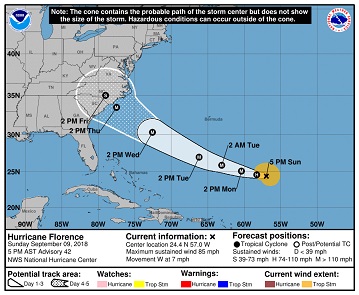
Hurricane forecast as of 5:00 PM Sunday. NOAA image.
With Hurricane Florence bearing down on the Eastern Seaboard, it’s a good time to think about whether you need to top off your hurricane supplies. Even if you’re in a possibly affected area, as of this writing (Sunday evening), there’s probably still time to make a leisurely trip to the store to find everything you need conveniently on the shelf. There’s probably still even time to order on Amazon and have the things you might need delivered. If you wait until the warnings for your area go into effect, the stores will probably be mobbed with anxious last-minute shoppers, and the shelves will be bare of the supplies you need.
So if you live near the Atlantic Coast, you should think about this today. And even if you live elsewhere, it’s a good reminder to make sure you’re ready for unexpected disasters.
Here are links to some previous posts of reminders of things you’ve forgotten. A comprehensive list of supplies is available at other sites, such as the National Hurricane Center.
Water

 Having bottled water on hand is always a good idea if you know that a storm is coming. Your tap water might be interrupted or become unsafe to drink. But you can also store tap water, both for drinking and cooking, and also for other purposes such as cleaning. You probably already have all of the containers you need, but if you need more, they’re still readily available. I have more information at this link, both for suggestions on what to use that you already have, and also other containers you might consider buying.
Having bottled water on hand is always a good idea if you know that a storm is coming. Your tap water might be interrupted or become unsafe to drink. But you can also store tap water, both for drinking and cooking, and also for other purposes such as cleaning. You probably already have all of the containers you need, but if you need more, they’re still readily available. I have more information at this link, both for suggestions on what to use that you already have, and also other containers you might consider buying.

 If your water goes off, being able to take a shower can be a priceless luxury. If you wait, it will be too late. But if you act now, you can get an inexpensive solar shower, which I have described on this link.
If your water goes off, being able to take a shower can be a priceless luxury. If you wait, it will be too late. But if you act now, you can get an inexpensive solar shower, which I have described on this link.
You’ll probably want to use some of that water to make a cup of coffee. You probably already own everything you need, but you might want to invest in a gadget that will make the process easier. You can read all about it at my How To Make Coffee Without Electricity page.
Communications

 The main topic of this blog is radio, and we often discuss how to communicate during an emergency. For a detailed look at the problem, visit my Emergency Communications Primer. At a minimum, you’ll want an AM-FM radio such as the one shown here, along with plenty of batteries. Even if you have cellular service, cell towers often have very limited backup power, so if you’re counting on your phone as your only communications device, you might be disappointed. A portable radio will give you access to information.
The main topic of this blog is radio, and we often discuss how to communicate during an emergency. For a detailed look at the problem, visit my Emergency Communications Primer. At a minimum, you’ll want an AM-FM radio such as the one shown here, along with plenty of batteries. Even if you have cellular service, cell towers often have very limited backup power, so if you’re counting on your phone as your only communications device, you might be disappointed. A portable radio will give you access to information.

 And even if cellular service is available, it won’t do you any good if you don’t have power to charge your phone. At a minimum, you should have a car charger so that you can go out to the car to charge it up. But another good option is the USB charger shown here, which allows a cell phone or other USB device to be charged with AA alkaline batteries.
And even if cellular service is available, it won’t do you any good if you don’t have power to charge your phone. At a minimum, you should have a car charger so that you can go out to the car to charge it up. But another good option is the USB charger shown here, which allows a cell phone or other USB device to be charged with AA alkaline batteries.
And speaking of battery operated devices, don’t forget to get some flashlights and batteries. You don’t need anything fancy. Just get a few inexpensive flashlights like this one along with plenty of extra batteries.
For information on running 120 volt appliances with the 12 volts from your car (and the limitations of this approach), please visit my power inverter page.
Food and Cooking

 There’s no need to buy a bunch of expensive “survival” food prior to a hurricane. Instead, you should simply stock up on the foods your family normally eats, with a focus on things that don’t require refrigeration and require minimal preparation. If you buy things that you normally eat, then there’s no additional expense. If there’s no hurricane, you simply use them up in your normal meals. If you do want to do a bit more planning, please visit my Food Storage page for more ideas.
There’s no need to buy a bunch of expensive “survival” food prior to a hurricane. Instead, you should simply stock up on the foods your family normally eats, with a focus on things that don’t require refrigeration and require minimal preparation. If you buy things that you normally eat, then there’s no additional expense. If there’s no hurricane, you simply use them up in your normal meals. If you do want to do a bit more planning, please visit my Food Storage page for more ideas.

 If your power goes out, you might not be able to cook, and having an inexpensive camp stove such as the one shown here could be a luxury that’s the envy of your neighbors. I have more discussion of camp stoves at my coffee page.
If your power goes out, you might not be able to cook, and having an inexpensive camp stove such as the one shown here could be a luxury that’s the envy of your neighbors. I have more discussion of camp stoves at my coffee page.
Shopping Hints
If you’ve waited too long and it’s too late to order online, you still might consider taking advantage of Walmart‘s option to purchase online and pick up at a local store. You’ll save time hunting down the things you need, you’ll know before you go to the store that the items are in stock, and you won’t need to wait in the checkout line. You simply place your order online, select the option to pick it up today at a local store, and then go to the online counter to pick up your order. If people are fighting over the last bottle of water, you’ll have the satisfaction of knowing that yours is behind the counter waiting for you with your name on it.
If you take my advice, you’ll have everything you need well before the storm hits your area. But in case you didn’t, and you need batteries at the last minute, you can find them at a toy store. Supermarkets will be crowded, department stores will be crowded, and they’ll all be out of batteries. But nobody buys toys before a hurricane, and they have plenty of batteries. So if that’s the item you need at the last minute, you’ll avoid the crowds by going to the closest toy store.
Hurricane History
Once you have your preparations in place, you might like to read about other hurricanes of the past. Here are some links to other posts on this site:
Note: This page contains affiliate links, meaning that if you order after clicking on the links, this site will receive a small commission.
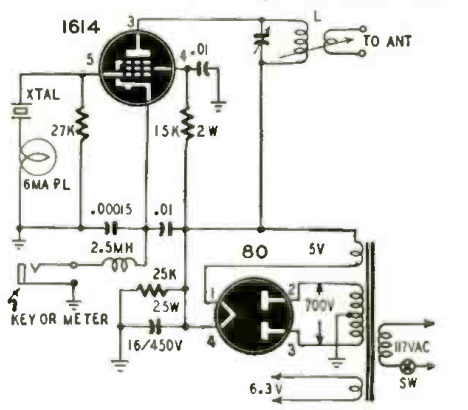 This schematic was sent in to the September 1948 issue of Radio Craft (the last issue published under that name) by one Robert Fink of Cleveland, Ohio. The circuit was probably a bit on the chirpy side, and the output filtering probably isn’t adequate by modern spectral purity standards, but it probably got the job done. It put out about 20 watts on 80 or 40 using a single 1614 beam power pentode (plus a type 80 full wave rectifier.)
This schematic was sent in to the September 1948 issue of Radio Craft (the last issue published under that name) by one Robert Fink of Cleveland, Ohio. The circuit was probably a bit on the chirpy side, and the output filtering probably isn’t adequate by modern spectral purity standards, but it probably got the job done. It put out about 20 watts on 80 or 40 using a single 1614 beam power pentode (plus a type 80 full wave rectifier.)

